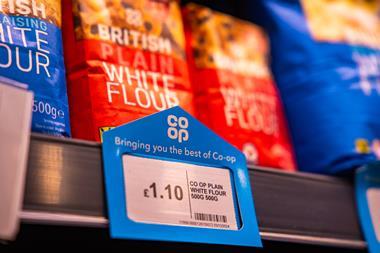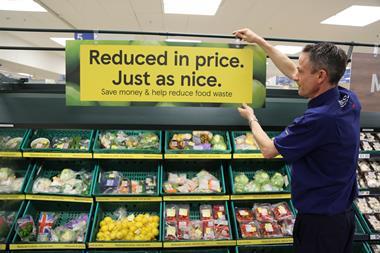
DIY labels? Unacceptable
Sir: Allowing food companies to adopt their own nutrition labelling sets a precedent and risks undermining public confidence in food labelling (‘Food companies devise healthier HFSS label plan,’).
Suggested portion sizes on pack are typically smaller than what people actually consume. If the threshold for colour coding was to change based on unrealistic portions, some products may appear healthier, which could lead to greater consumption. We would like to see front-of-pack nutrition labelling made mandatory, with a clear and consistent format. Until then, people can use the FoodSwitch UK app to get colour-coded information for fat, saturates, sugar and salt to help them make healthier choices.
Sarah Alderton, assistant nutritionist, CASH
Don’t let additives back
Sir: In ‘The organic revolution forges ahead’ (3 June, p22) I applauded the transformations made by the food industry to reformulate. With the voluntary ban on the Southampton Six colours, Cadbury, Coca-Cola and Haribo made changes to products in the EU, and this has almost eradicated those additives. So your Spotlight on Innovative Bites (10 June, p32) made for sad reading. After the work to remove these additives from kids’ diets since 2008, we appear to be celebrating a business that has actively put them right back. Until we can rely on responsible self-policing by food businesses we must have legislation that protects children and society. The Action on Additives campaign will lobby to close the loophole that allows these colourings to still be used.
Anna Rosier, steering committee, Action on Additives
Real estate gets nuance
Sir: Competition from online platforms and discount clothing retailers has seen supermarkets reassess their big is better strategy (‘Discounters to drive 15% growth by 2022 says IGD,’).
Generally, we have seen a downsizing across portfolios and/or a targeting of sublettings or merchandising. All this adds up to food retailers being far more selective. For now, the name of the game is optimisation, and ensuring portfolios are calibrated - this may include novel partnerships and subletting - to efficiently deliver what consumers want, limit waste and increase dwell time.
Richard Curry, partner, Rapleys



















No comments yet